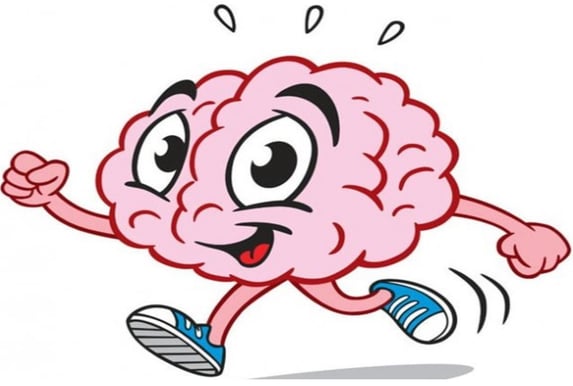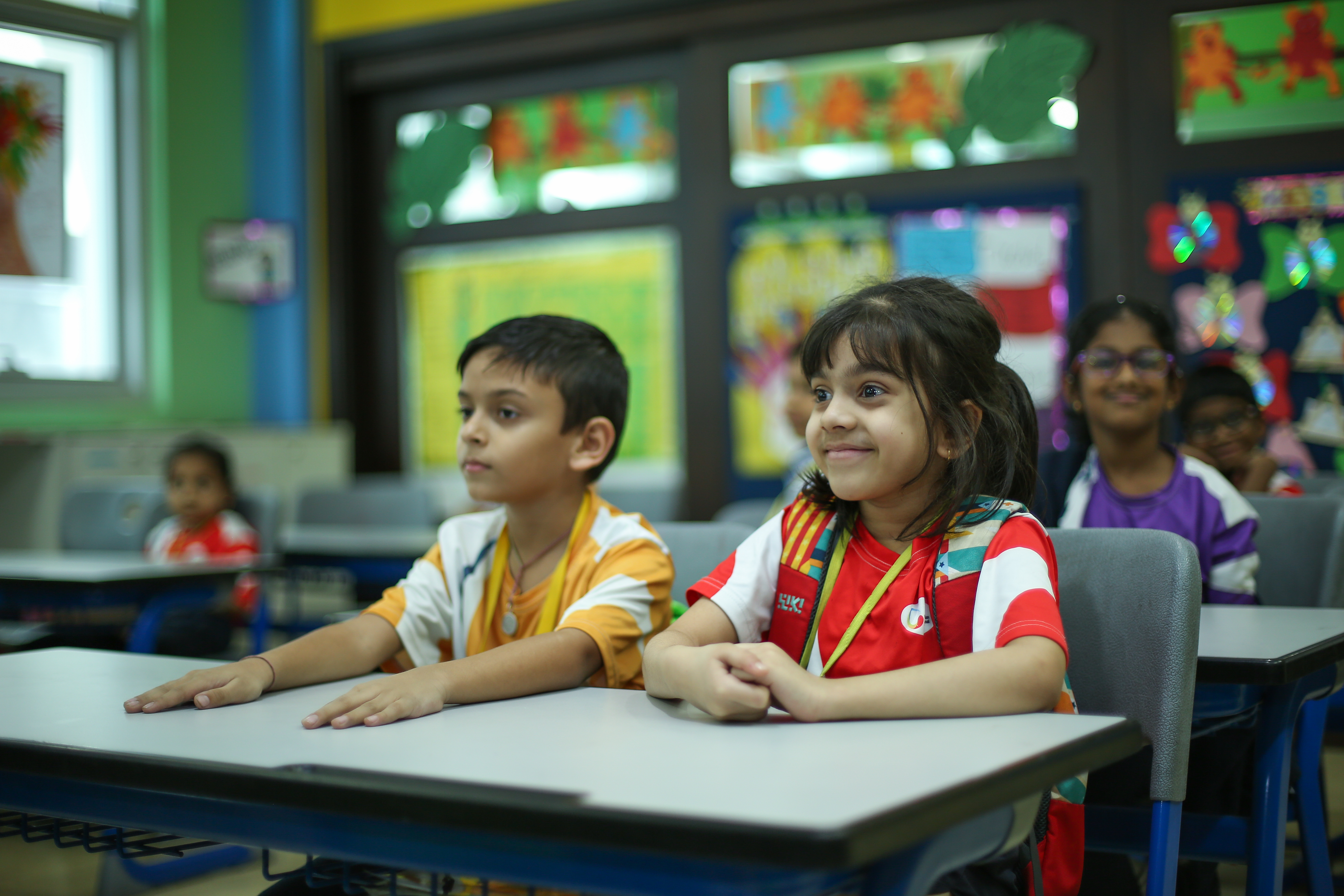Working memory involves the ability to keep information active in your mind for a short time (2-3 seconds) to be able to use it for further processing. Working memory is a temporary storage system and is vital to perform day-to-day tasks (e.g. following instructions, responding in conversations, listening and reading comprehension, organization).
Working memory can be commonly confused with short-term memory. Short-term memory refers to the short-term information required for a verbal or visual task (e.g., remembering a phone number, blending sounds into words when reading, remembering objects, colors, location, direction). Working memory involves the manipulation and transformation of verbal and visual information (e.g., remembering instructions and their content to then carry it out, remembering what to say when called upon, remembering your place on the page while reading, reverse sequences of objects/numbers).
Working memory is crucial for academic performance as it is an important part of some critical functions like planning, initiating, task monitoring and organizing. At school, the areas of learning that are greatly affected by poor working memory are: Math, Reading Comprehension, Complex problem solving, and Test taking. The biggest impact on school work occurs from difficulties with Math and reading comprehension.
In children with poor working memory, it is much like the bucket has a hole in the bottom. You can keep tipping in glasses of water (information/knowledge) but it continually drains out.
A child with working memory difficulties might:
- Have difficulty organizing/completing a task with multiple steps (i.e., they often stop, or they lose their place).
- Miss details in instructions and fail to keep track of which stage they are at.
- Make mistakes in writing and counting in the classroom.
- Fail to self-correct classroom work.
- Are easily distracted when not highly interested in an activity.
- Find it difficult to wait for their turn.
- Have poor organization skills.
- Show low average to average language abilities but poor academic performance.
- Have difficulty while reading.
- Demonstrate difficulties with math calculations in their head.
- Find complex problem solving challenging.
.jpg?width=566&name=A59A2961%20(1).jpg)
There are various ways to improve working memory which will help in overcoming difficulties related to it. Following are few of them:
- Consult a Speech Therapist for a language assessment to rule out possible underlying language concerns and to probe working memory skills.
- Structure the environment and use strategies to reduce the working memory load - for eg, break large goals into smaller ones, simplify information, chunk it, slow down the pace of delivery of information
- Teach strategies for coping with working memory inefficiencies, for eg - minimize the load on working memory so the child can increase their capacity to learn.
- Break tasks into simple steps: Provide short, simple instructions and make sure the child has mastered the first step before going onto the next.
- Use simple language: Use clear, specific language when making requests and, if necessary, show them what you want them to do.
- When you have given an instruction to a child, encourage them to repeat it back to you to ensure that the child has grasped/understood what is expected.
- Complete repetitions of new activities to ensure the child has mastered the task. A child with poor working memory will require much more repetition to learn a new task than other children.
- Use visuals to assist the child remember the steps involved in a task (e.g., morning routine).
- Get close to the child to ensure they are able to hear you and see your face; get down to their level.
- Slow the pace in challenging activities to allow the child time to process and complete the activity.
- Reduce background noise and distractions to help a child to maintain attention long enough to obtain the information required to complete a task. Reducing distractions lessens the amount of information the child has to process.
- Engage other senses: to help information “stick”.
- Build routines, structure and familiarity into activities to lessen the amount of new information the child has to process.
- Create a working memory folder or booklet of important information the child can utilize at home or in the classroom to lessen the working memory load, for e.g., times tables, spelling rules, alphabet, numerical order from 0-100 etc.

Following are few activities which can be conducted at school classroom to improve working memory in children:
Teach visualization: Support your child to make a picture in their head of what they have just read or heard. Ask them to mentally picture what they need to do for a specific task (e.g., get everything ready to make a cake) and then get them to draw that picture. As they get better at visualizing then just get them to describe what they can see in their head without having to draw it.
Matching games are great for visual memory (e.g., Memory, Snap, Pairs, Bingo). You might also make games that require visual memory like the car reciting letters and numbers on license plates then say them backwards.
Get your child to teach you: Encourage them to explain how to do a new skill they are learning and teach you how to do it. By working on their explanation, it will support them to make sense of what they have learned and file it away in their memory.
Word list games: such as “I went to the shop/zoo/beach and I saw….”.
The game ‘Guess Who?’: The child has to eliminate characters by asking questions about what their character looks like using memory of the facial features.
“Simon Says” and other instructional games: Give the child more than one instruction at a time and see if they can remember them all (e.g., “sit down, put your hands on your head then blink three times” or ‘Obstacle Courses’ where your child needs to complete an obstacle course to reach a ‘goodie’ by remembering the instructions to get there (e.g., ‘Go under the table, behind the chair, and through the tunnel”)
Threading beads/building a block tower: Sit in a circle with a group/or face to face and each person takes a turn to say two colors that you both need to thread/build. Take in turns to tell each other two colors and slowly increase the number of colors to get to thread/build onto their tower.
“Get the Loot”: Put pirate hats on and pretend to be pirates, set up two pirate ships with pictures of items for the ‘loot’ and explain that each child needs to get 2 things from the other pirate ship to bring back. Get the child to say the things they need to get 3 times before they go and get it. Increase the number of items to get.
“Picnic time”: Give your child the name of 2-3 things that they need to collect to bring to a picnic. Have them collect the items and bring them to a picnic rug (you can use pictures of items or the real item).
At the end whatever works for a child should be introduced, sustained and monitored. Each child is different and all the listed initiatives will vary depending on the level of the particular child.




